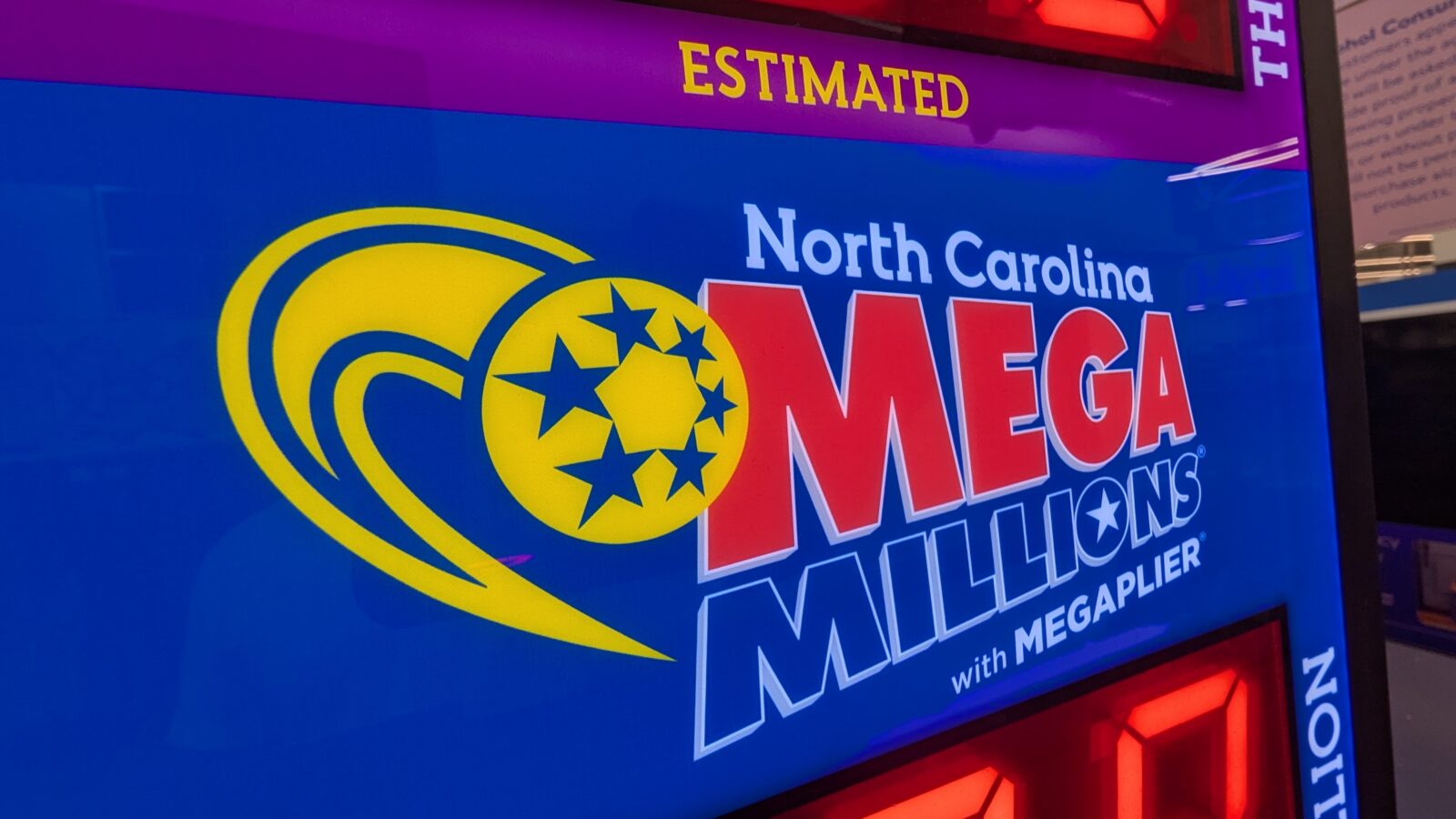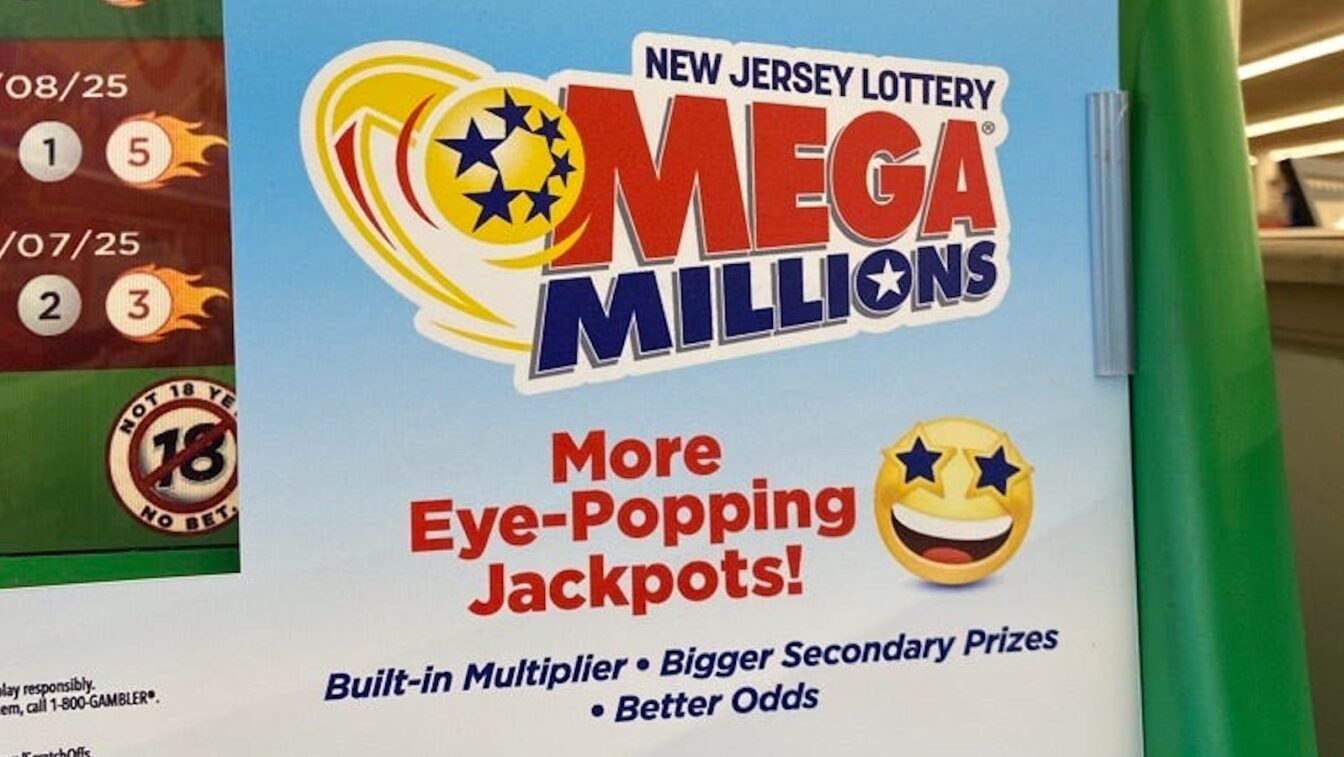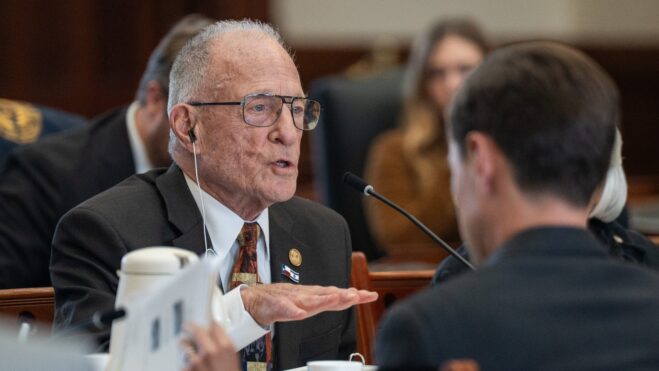Is The Jackpot Actually Growing Faster Under New Mega Millions Rules?
Price jumped from $2 to $5, and the resulting early returns are murky
2 min

There’s been a remarkable consistency to the ticket sales numbers through the first three drawings since Mega Millions increased its per-ticket price point from $2 (with an optional $1 add-on) to $5.
The April 8, April 11, and April 15 drawings each produced around 220,000 winners (give or take a few thousand) of various dollar amounts, and the simplest method for estimating the number of tickets sold is to multiply the number of winners by 23 — as Mega Millions now averages a 1-in-23 chance of winning a prize.
So each of these last three drawings has attracted ticket sales of about 5 million, give or take 100,000 or so.
The numbers aren’t bad, and thanks to the higher price point, the gross dollars spent per drawing are up compared to the spending at the end of the $2 ticket era.
But ticket sales aren’t typically expected to stay steady from one drawing to the next. As the jackpot increases, so too, usually, does the public interest in spending money to vie for it.
And so far — granted, it’s a very small sample size — we aren’t seeing that.
Jackpot numbers
The promise of the new-and-improved Mega Millions game was more rapidly escalating jackpots, crossing the $1 billion mark more frequently, and presumably shattering the all-time U.S. draw lottery record (held by Powerball) of $2.04 billion.
Looking at the actual jackpot amounts and comparing them to numbers from the recent past provides some insight as to whether the $5 game will in fact deliver on that promise.
For the April 8 drawing, the advertised Mega Millions jackpot was $54 million. For the April 11 drawing, it was $72 million — an increase of 33.3%. For April 15, it was $96 million — another increase of 33.3%. And for this Friday’s drawing, the jackpot is currently estimated at $112 million, which would be an increase of 16.7%.
The last time the grand prize numbers were in this range came in late-January and early-February. The jackpots over a four-draw span were as follows:
- Jan. 31: $59 million
- Feb. 4: $77 million (+30.5%)
- Feb. 7: $94 million (+22.1%)
- Feb. 11: $110 million (+17%)
And just a few weeks prior to that, the jackpot amounts over the course of four draws looked like this:
- Jan. 7: $62 million
- Jan. 10: $77 million (+24.2%)
- Jan. 14: $95 million (+23.3%)
- Jan. 17: $113 million (+18.9%)
From the first draw to the fourth at the new $5 price point, we’ve gone from $54 million to $112 million, up 107%. The two prior examples went from $59 million to $110 million, up 86.4%; and from $62 million to $113 million, up 82.2%.
Drawing conclusions
It would be accurate to say that jackpots are increasing more rapidly … but it would probably be fair to describe those gains as “modest.”
A few caveats, though. First, there are four days between Friday and Tuesday drawings and three days between Tuesday and Friday drawings — obviously, not all time windows for ticket sales are created equally.
Also, these numbers don’t account for external factors, like whether the Powerball jackpot is large and attracting dollars that customers otherwise might spend on Mega Millions; how the economy and the job markets are doing and how that impacts both discretionary spending and gambling desperation; and seasonal variations that may impact, in some regions, people’s willingness to get out and make retail purchases.
And before anyone jumps to the conclusion that “the jackpot is rising more slowly than people expected, and that trend will continue,” we should remember that all of these jackpot amounts are well below the line where “lotto fever” begins to kick in.
Some have observed that sales begin to spike when jackpots get over $300 million, and it follows logically that said spikes get spikier when the number crosses a half-billion dollars, a billion bucks, and so on.
So, the lottery industry should, for now, be in wait-and-see mode. Now that the jackpot has crossed $100 million, will Mega Millions break out of its 5-million-tickets-sold-every-drawing rut? And will the sales numbers start going absolutely bonkers when the jackpot rolls over into the billions?
Those answers will come eventually. For now, cautious optimism would seem the appropriate outlook.










